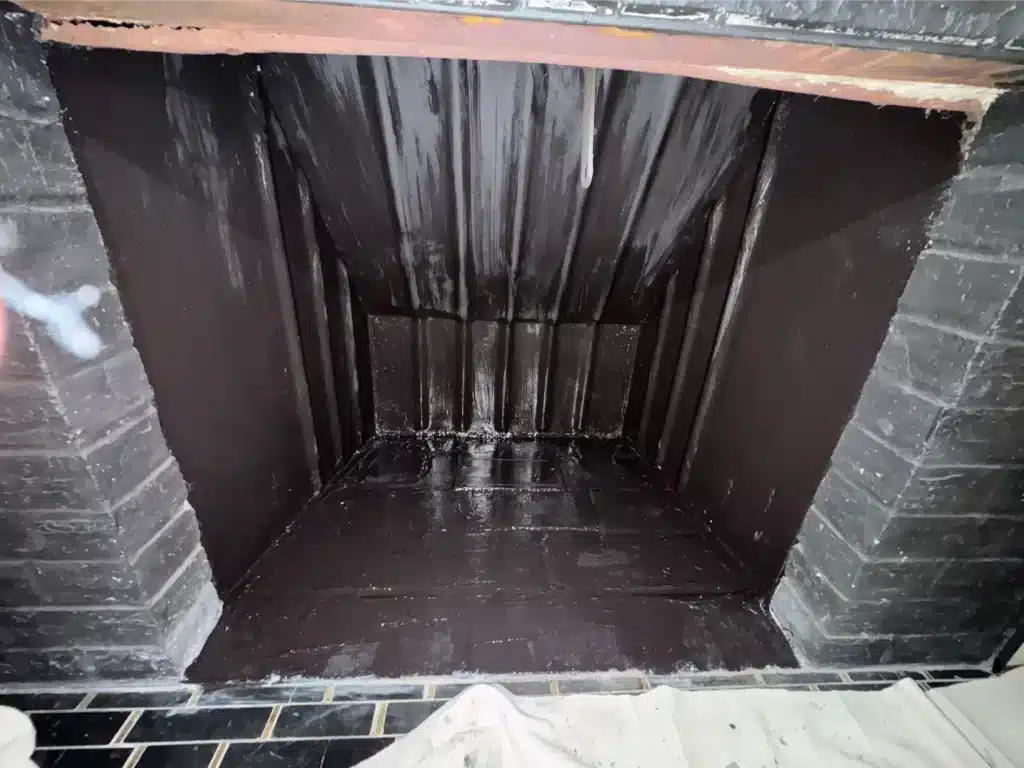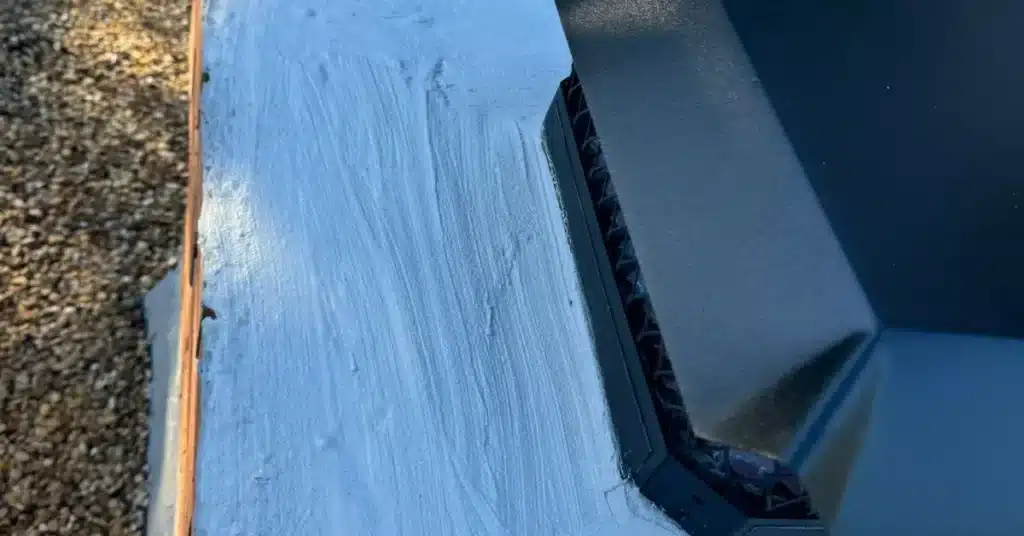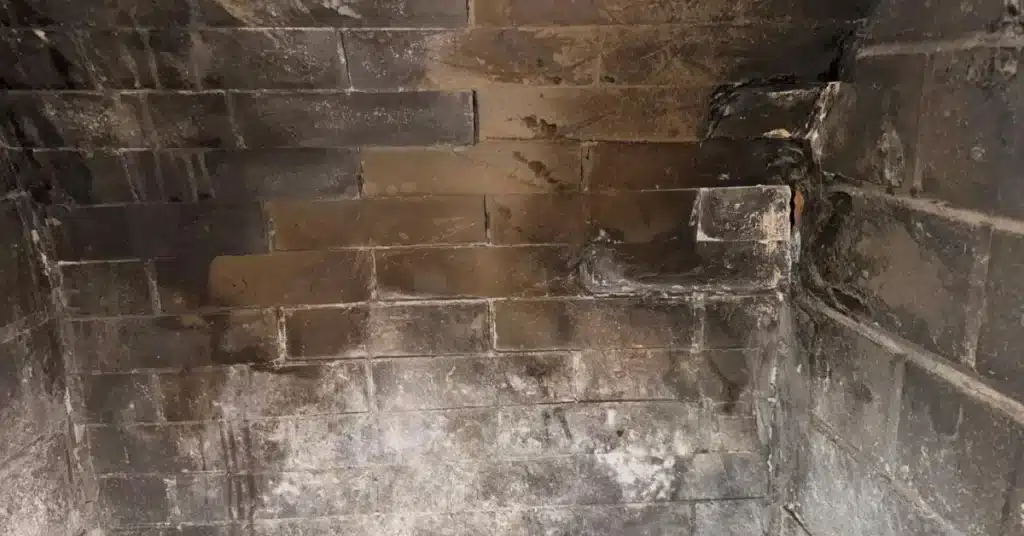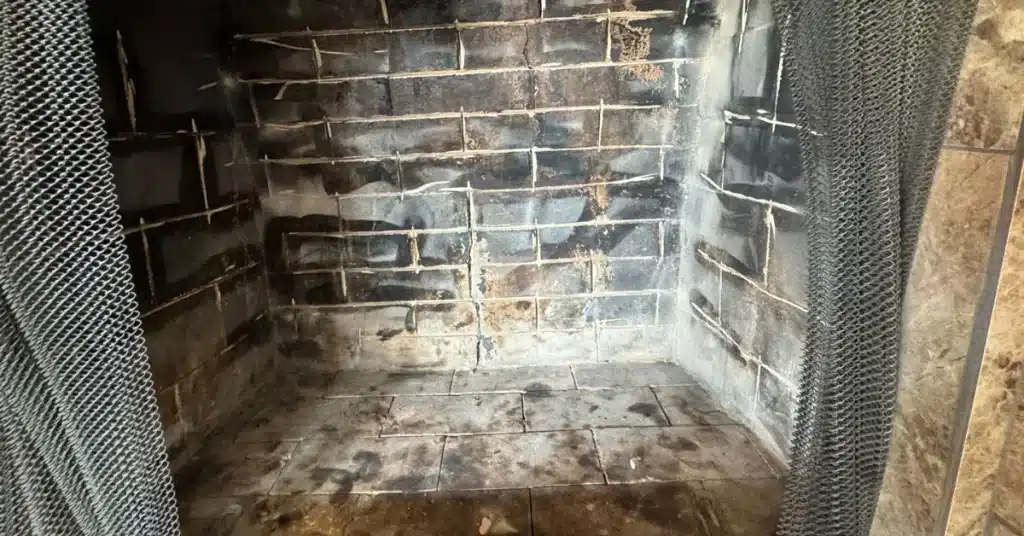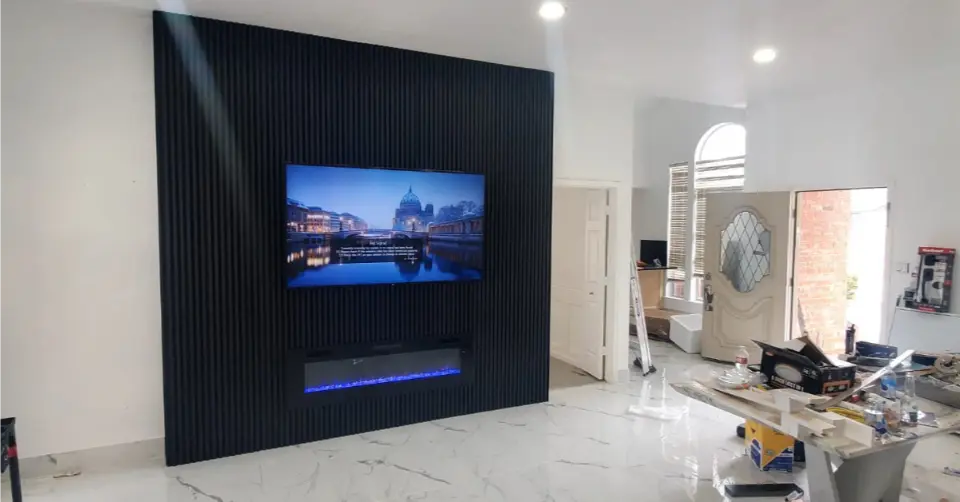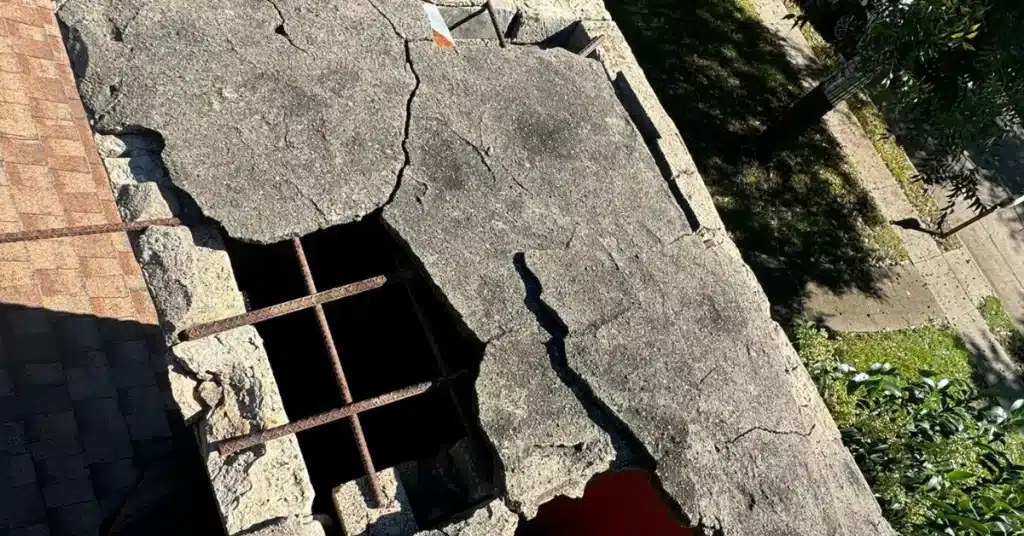Are you noticing crumbling joints between the bricks in your hearth? Don’t wait until small problems turn into big ones! A well-maintained brick structure not only looks better but also functions safely for your family. With proper fireplace mortar repairs, you can restore those damaged areas and bring back both beauty and functionality to the heart of your home.
Signs Your Fireplace Mortar Needs Attention
Is your hearth telling you it needs some love? Watch for these warning signs that repairs are needed soon. Crumbling or missing joint material between bricks is the most obvious clue. You might also notice white staining (called efflorescence) which happens when water seeps through the joints.
Cracks that form a stair-step pattern through the joints are another red flag. And if you can easily scrape away the binding material with a key or screwdriver, it’s definitely time for repairs. Don’t ignore these signals – small issues can quickly become expensive problems when left untreated!
Some key indicators include:
- Crumbling or flaking between bricks
- White, chalky deposits on brick surfaces
- Visible cracks in the joints
- Loose bricks that wiggle when touched
- Chunks of material collecting at the base
Understanding Different Types of Fireplace Mortar
Not all binding materials are created equal, especially for structures that face extreme heat. Regular masonry mix might work for outdoor projects, but your hearth needs special heat-resistant materials to stay safe and strong.
Standard mixes contain Portland cement, sand, and lime. They’re great for many projects but can crack and deteriorate when exposed to high temperatures. For areas that regularly see flames and intense heat, you need a refractory product specifically designed to withstand these extreme conditions. The right fireplace mortar can make all the difference in longevity and safety.
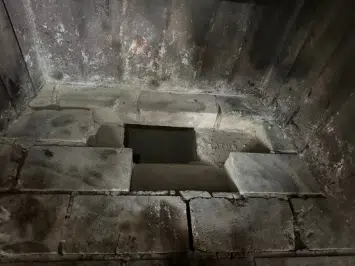

When to Choose Refractory Mortar for Your Brick Fireplace
Heat-resistant refractory material is essential for any area that comes in direct contact with flames or extreme temperatures. This special blend contains ingredients like calcium aluminate that can withstand up to 2000°F without breaking down.
Always use refractory products for the inner walls and floor of your hearth. For the facing or exterior sections that don’t get as hot, standard masonry mix can work fine. When in doubt, it’s better to use the heat-resistant option even if it costs a bit more. The safety of your home depends on using the right materials for each part of the structure.
Step-by-Step Guide to Repairing Fireplace Mortar
Ready to tackle those repairs? Here’s how to do it right:
First, gather your tools: a hammer, chisel, wire brush, and safety gear. Remove all loose and damaged material using your chisel, digging at least ½ inch deep for a solid bond. Clean the joints thoroughly with a wire brush to remove dust and debris.
Mix your repair material according to package directions – consistency should be like peanut butter. Dampen the repair area lightly, then apply the fresh mix using a pointing trowel. Pack it firmly into the joints and smooth to match the existing pattern. Let it cure according to product instructions, usually 24-48 hours before using heat.
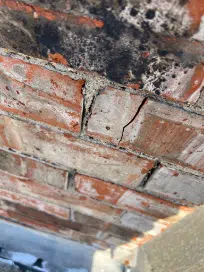
Maintaining Your Newly Repaired Fireplace
After completing repairs, proper maintenance will keep everything looking and functioning great for years. Inspect the brick and joints annually before the heating season begins. Catch small issues before they become major problems.
Keep the chimney clean and properly capped to prevent water damage. Water is the enemy of masonry work!
FAQ
What's the difference between regular mortar and firebrick mortar?
Firebrick mortar is formulated to withstand high temperatures up to 2550°F. Regular mortar can’t handle the heat and will crack. Always use refractory mortar for indoor fireplaces.
Can I apply fireplace mortar with a caulking gun?
Yes! Products like Meeco’s Red Devil come in a cartridge for use with a caulking gun. This makes re-pointing mortar joints between firebricks super easy and precise.
How long does repaired fireplace mortar last?
Quality refractory mortar sets as hard and strong as firebrick after curing. When properly applied, it can last for years while withstanding high temperatures produced by wood fires.

